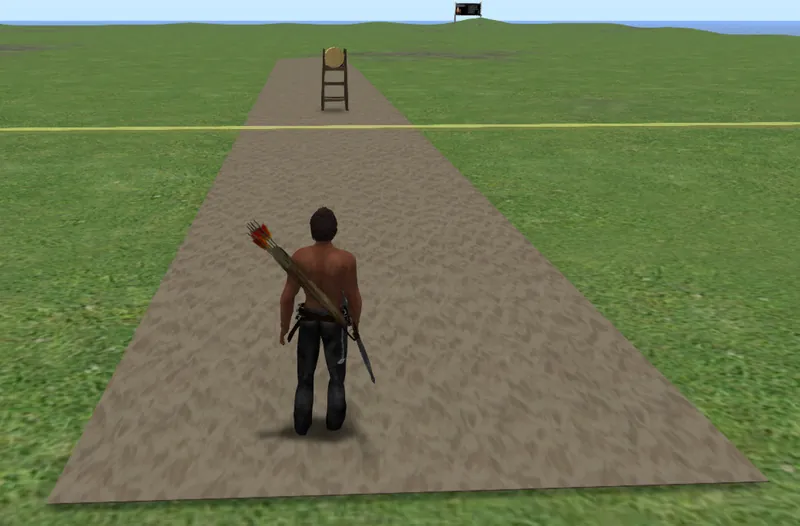UE5 has some kind of content streaming system for big worlds. Anyone tried that yet?
As far as I understand it, it's an enhancement on top of World Composition, where you don't need to manually slice things into areas yourself. World Composition, in turn, was an enhancement on top of Level Streaming, helping make and manage multiple sub-levels for your world.
More importantly, this is for content-streaming-from-disk, not content-streaming-from-network. Thus, it may make it easier and more practical to build a large world that loads/unloads bits as you move around the world, but that's only really helpful on the client. On the server, you either need to do a seamless-handoff implementation between zone servers, or fit all the important (e g, collision, and physics) geometry in RAM and hope not too many players join in a single instance.
Perhaps surprisingly to an outsider, Roblox isn't particularly voxelized in its physics. The terrain system, and terrain-based lighting, are voxel based, but the physics is a custom rigid body simulation engine. A game that runs a tornado through a village of bricks, will have 40,000 simulated pieces, and they will replicate over the network, and the only reason that works, is that they've spent many man-years on profiling and optimizing how that works. Still, this is all “vertical” scalability, not “horizontal” scalability – when you hit the limit, split into multiple levels that players travel between, you can't “just add servers” to simulate more stuff in the same place.
There was a lot of hoopla in the early 2000s around seamless-zoning games, all the way from Asheron's Call to There.com. All those games implemented variations on a theme of “each area server has proxies for objects that are nearby on the other servers,” and some variation of forwarding messaging between proxies and authoritative instances. (I think Spatial does the same thing, btw.) And all of them have the same two problems:
- The proxies end up needing to be very large if you want to support long-distance interactions, like sniper rifles, or just regular rifles with realistic ballistics. This leads to a massive NxM explosion in proxies, which in turn loads up the CPU on all zone servers that are even remotely close to the interacted-with entities. And, for the person shooting the sniper rifle, every entity is potentially an interacted entity.
- There is a round-trip lag for the proxies. E g, on step X, a proxy is interacted with, and sends a message to its authority. This message can't arrive and be processed until step X+1. With server tick rates of 30 Hz, this very quickly became noticeable. A server tick rate of 100 Hz might make that better, but then you add an additional constant factor on top of the NxM proxy problem.
The “networking” bit of “distributing large built structures” is, by comparison, more straightforward to solve. (But see above about Roblox – this doesn't come for free!)
There's a reason approximately all successful MMOs end up with “instanced dungeons” and “zone travel," even though they sometimes hide it really well through game design. (Flying over oceans between islands, or whatever.) Not only is the technology more expensive to operate, but the game design is actually harder. When player are positively in one particular zone, the game design can take that into account, and naturally keep various game elements contained. When the world is fully open, players would expect gameplay to spread out over the entire world – as a kitschy example: kiting a dragon, and running across the entire map, should presumably pull the dragon with them, which would then leave the dragon's hoard un-guarded. (And all the counter-designs for that end up with other trade-offs.)
It's games. They're supposed to be fun. Technology isn't fun on its own, and, perhaps more controversially, FREEDOM TO ROAM in a multi-player world isn't fun on its own. Play a single-player game if you want that.









